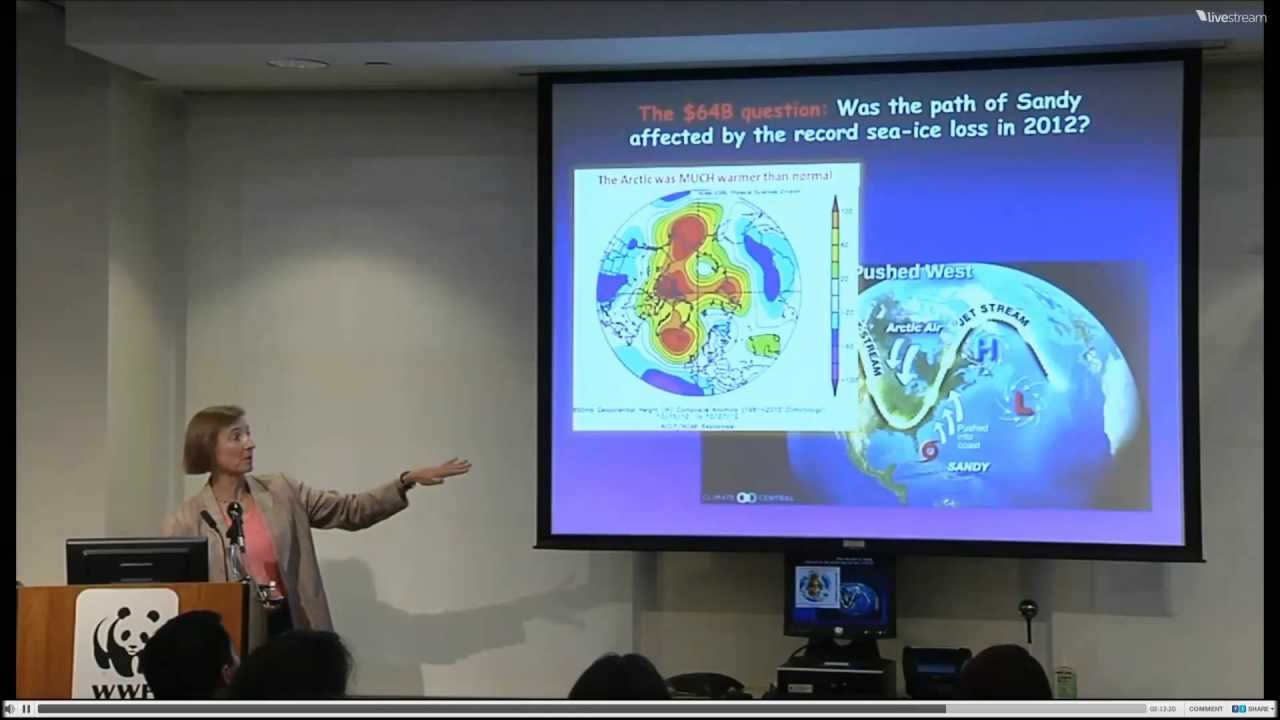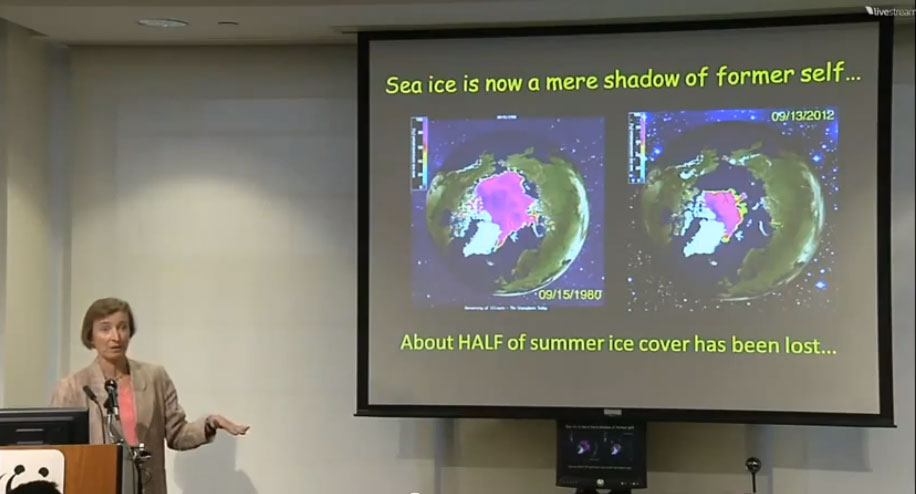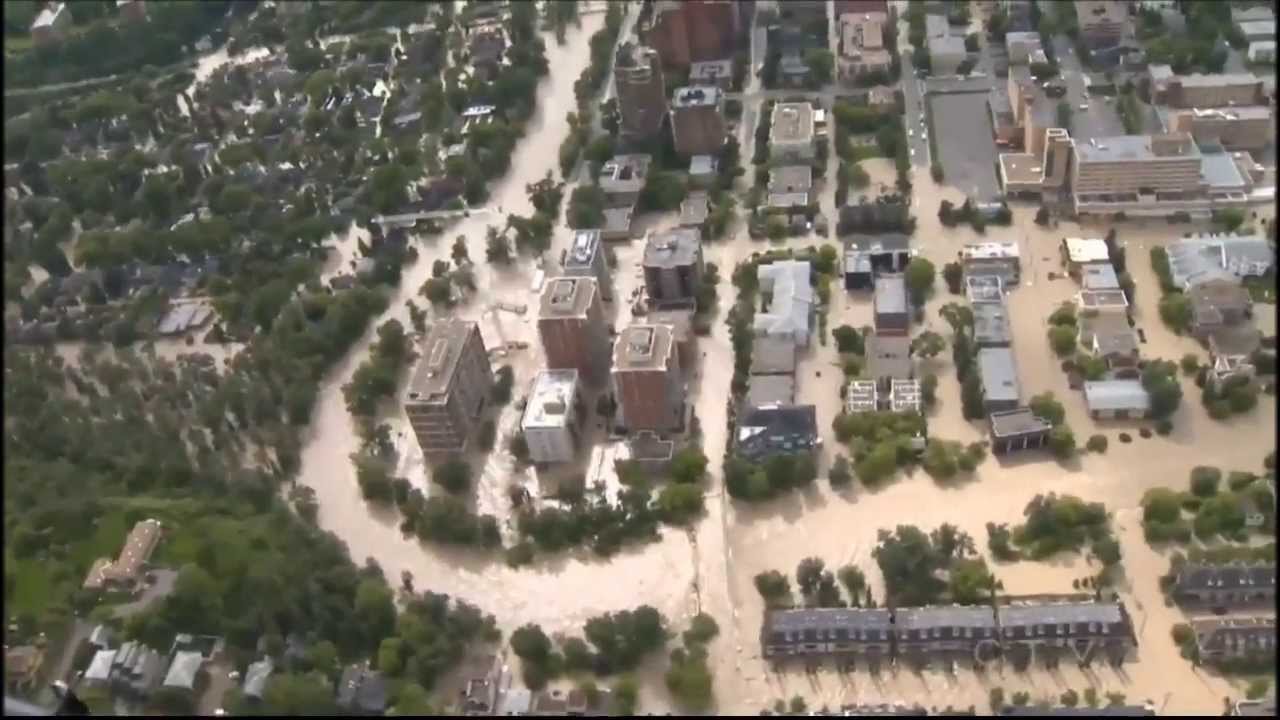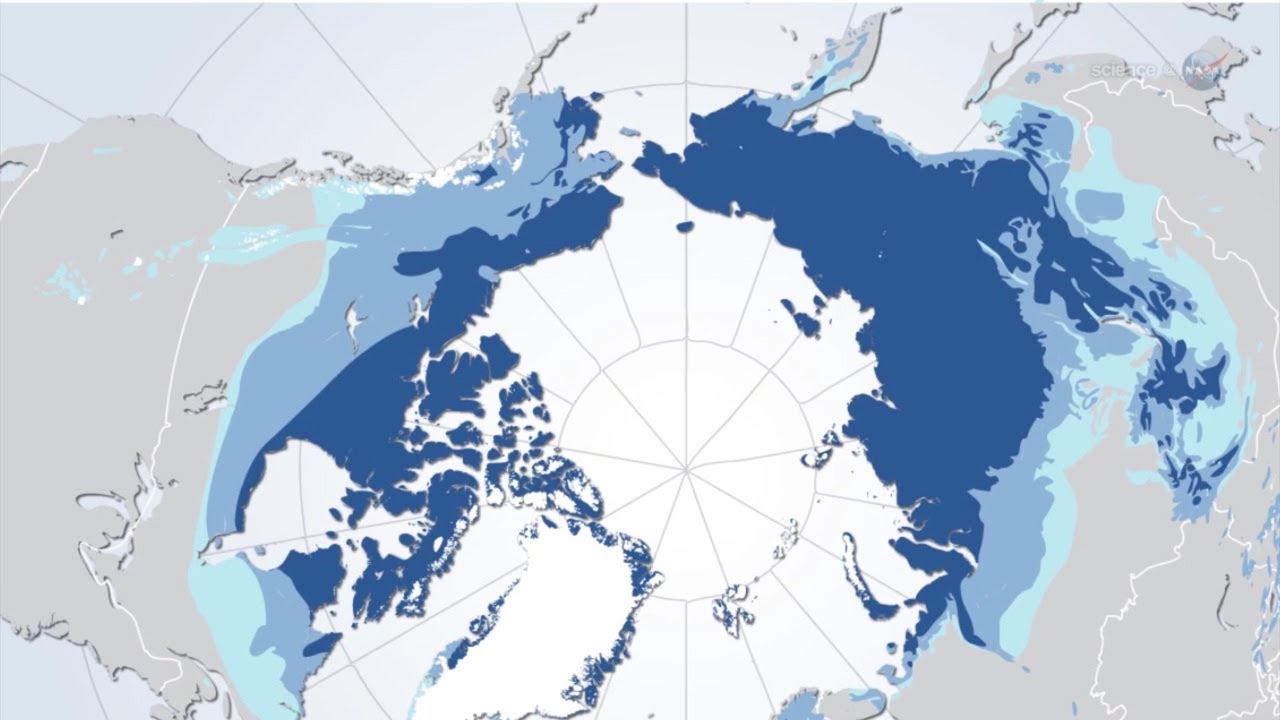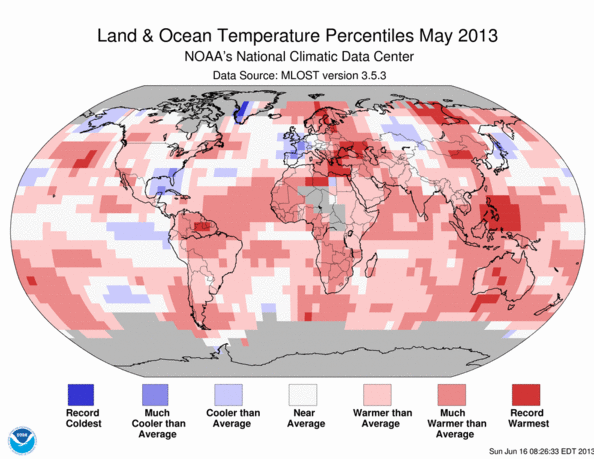This video is part of a Climate Desk event “Climate […]
By Joe Romm / Climate Progress: Earlier this month, Chris […]
Via Potholer54 SOURCES: 0:01 “Sprinkler Rainbow Conspiracy” (mirrored from “HAARP’s Rainbow […]
Aerial view footage from CTV June 22 2013, via live […]
Arctic permafrost soils contain more accumulated carbon than all the […]
By Jeff Masters / Wunderground: May 2013 was the globe’s […]
The Independent – June 19, 2013: Bleak assessment of climate […]
The Independent, December 13, 2011: Dramatic and unprecedented plumes of […]
